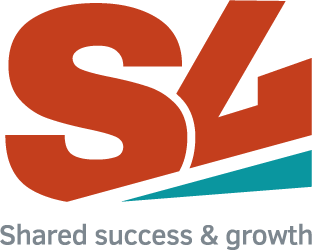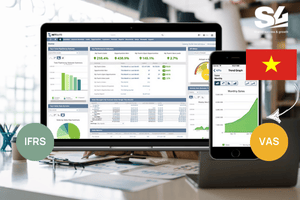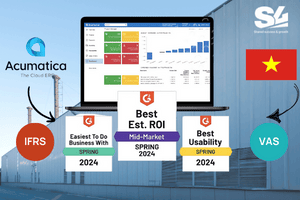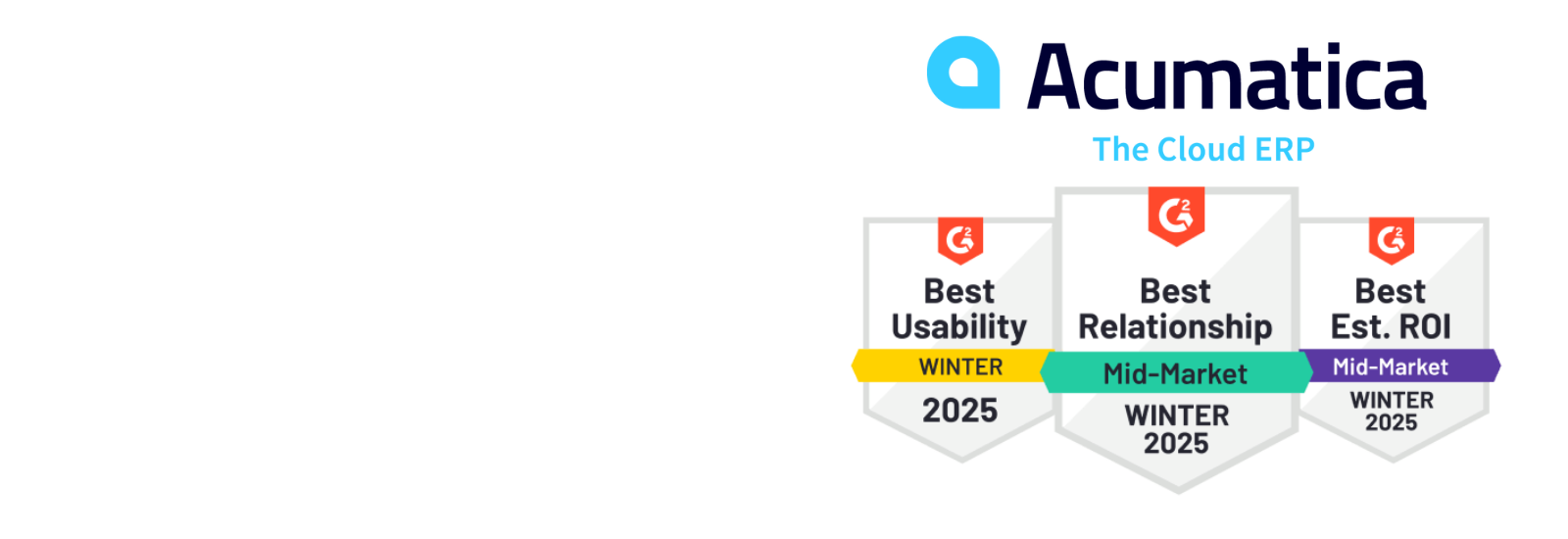Key Features of Acumatica ERP
- Industry-Specific Solutions: Tailored for Manufacturing, Construction, Wholesale Distribution, and Retail.
- No Per-User Fees: Unlike traditional cloud ERPs, Acumatica charges based on transaction volume rather than the number of users. This pricing model makes it more accessible to labor-intensive businesses in Vietnam and other emerging markets by offering cost-effective ERP solutions.
- Flexible Deployment: Supports Cloud (SaaS), On-Premise, and Hybrid implementations.
According to Gartner’s Magic Quadrant Report, Acumatica is recognized as one of the world’s leading ERP solutions, categorized under Visionaries. This classification highlights Acumatica’s strong strategic vision and ability to execute efficiently. With highly customizable features, multi-platform integration, and real-time management capabilities, Acumatica has established a strong position in the cloud ERP sector, providing exceptional value for small and medium-sized businesses (SMBs) worldwide.
2. How Much Does Acumatica ERP Cost? (Acumatica List Price)
Unlike SAP or Oracle ERP, Acumatica follows a consumption-based pricing model rather than charging per user. This allows businesses to scale efficiently without incurring additional costs for each additional employee accessing the system.
Factors Affecting Acumatica’s Cost
Software Subscription Costs (Annual Licensing Fees):
- Solution Packages and Modules: Pricing varies based on the business model. Acumatica offers industry-specific solutions for Construction, Manufacturing, Wholesale Distribution, and Retail, with entry-level packages starting from $5,400 per year. Customers can purchase additional modules or marketplace add-ons to extend functionality.
- Data Volume and Transaction Usage: Pricing is tiered based on resource consumption, starting at 1,000 transactions per month.
- System Performance and Processing Power.
- Infrastructure and Annual Upgrades: For Cloud ERP subscriptions, the licensing fee covers server costs, networking, security, IT management, and annual system upgrades.
Implementation Costs (One-Time Fee for Services by Partners Like S4 Consulting):
- Implementation Consulting: Includes requirement analysis, system configuration, training, data migration, and go-live support. Estimated cost starts from $30,000 per project.
- Customization and Integration: Additional costs apply if customizations or third-party integrations are required.
3. Is Acumatica Cheaper Than SAP or Oracle ERP?
Cost Comparison: Acumatica ERP vs. SAP ERP vs. Oracle ERP
| Criteria | Acumatica ERP | SAP ERP (S/4HANA) | Oracle ERP Cloud |
|---|---|---|---|
| Pricing Model | Unlimited Users + Modules + Usage-Based Pricing | Per User + Modules + Resource-Based Pricing | Per User + Modules + Resource-Based Pricing |
| Software Subscription | $5,400 – $100,000/year | $50,000 – $500,000/year | $20,000 – $200,000/year |
| Implementation Costs | $30,000 – $200,000 | $100,000 – $1,000,000 | $50,000 – $500,000 |
| Implementation Time | 3 – 6 months | 6 – 12 months | 6 – 12 months |
| Customization & Expansion | High | High (Complex) | High |
| Best Fit For | SMBs & Mid-Market Businesses | Large Enterprises | Mid-Market & Enterprises |
Key Takeaways:
- Acumatica ERP is generally more affordable than SAP and Oracle ERP, especially in terms of annual maintenance costs.
- SAP and Oracle ERP are better suited for large enterprises with highly complex business requirements, but they come with significantly higher implementation and maintenance costs.
- Acumatica is an ideal choice for mid-sized businesses looking for scalability, flexibility, and customization in an ERP system.
4. Why Choose Acumatica ERP?
4.1. Industry-Specific Solutions for Optimized Operations
Unlike many other ERP providers that offer generic solutions, Acumatica provides four specialized industry packages in Vietnam. These industry-tailored solutions help businesses maximize efficiency by avoiding the need to integrate multiple separate software solutions:
- Retail: Supports omnichannel sales, CRM integration, and inventory management.
- Distribution: Enhances supply chain management, covering procurement, warehousing, and logistics.
- Manufacturing: Provides end-to-end production planning and quality control.
- Construction: Offers project cost tracking, budgeting, and real-time progress monitoring.
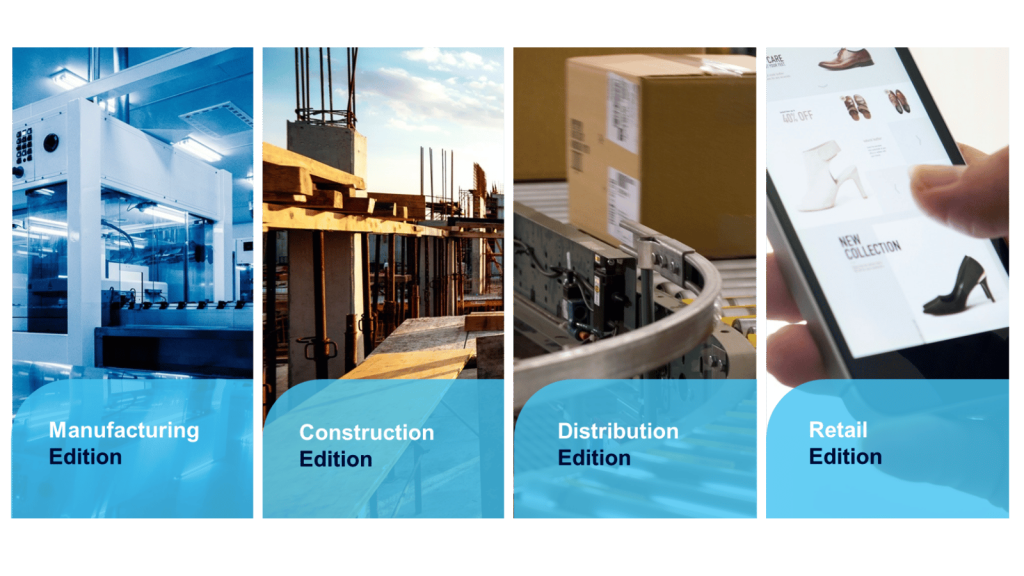
4.2. No Per-User Pricing – Cost-Effective for Labor-Intensive Businesses
One of Acumatica’s biggest advantages is its unlimited user pricing model. In markets like Vietnam, where labor costs are relatively low, many businesses have large workforces. Traditional per-user ERP pricing models can become costly, but Acumatica eliminates this concern:
✔️ Cost Optimization: No additional fees for expanding store locations or adding new branches.
✔️ Full Digital Transformation: Every employee can access the system, enhancing transparency and collaboration.
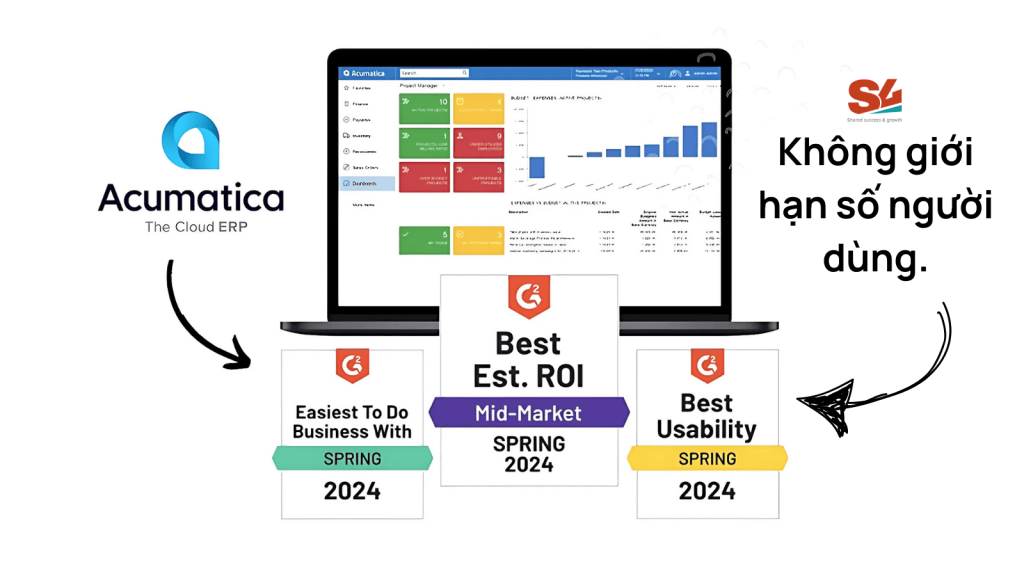
4.2. No Per-User Pricing – Cost-Effective for Labor-Intensive Businesses
One of Acumatica’s biggest advantages is its unlimited user pricing model. In markets like Vietnam, where labor costs are relatively low, many businesses have large workforces. Traditional per-user ERP pricing models can become costly, but Acumatica eliminates this concern:
✔️ Cost Optimization: No additional fees for expanding store locations or adding new branches.
✔️ Full Digital Transformation: Every employee can access the system, enhancing transparency and collaboration.
4.3. Flexible Deployment – Cloud or On-Premise ERP
Unlike many ERP solutions that only support SaaS (Cloud), Acumatica provides multiple deployment options:
- Public Cloud (SaaS): Allows businesses to access the system from anywhere at an affordable cost, ideal for companies without a strong IT team. Cloud users receive free annual upgrades, ensuring they stay ahead in AI-driven digital transformation.
- On-Premise: Suitable for businesses handling large data volumes (e.g., retail chains) that require in-house data storage and security. This model demands a strong IT team to manage servers and security.
4.4. User-Friendly Interface
Acumatica’s interface follows a traditional accounting software design, making it familiar for users transitioning from legacy ERP systems. Its fixed left-side menu structure makes navigation intuitive for first-time users.

5. Conclusion: Which Businesses Should Choose Acumatica ERP?
If your business is looking for a flexible, scalable, and cost-effective ERP, Acumatica is an excellent choice. However, if your company is a large multinational corporation with complex workflows, SAP or Oracle ERP may be more suitable.
When Should You Choose Acumatica ERP?
✔️ Mid-sized and growing businesses looking for cost-effective ERP deployment.
✔️ Companies needing customizable and scalable ERP solutions.
✔️ Businesses that want to avoid per-user licensing fees like SAP or Oracle.
✔️ Organizations planning to implement cloud-based ERP with strong integration capabilities.



